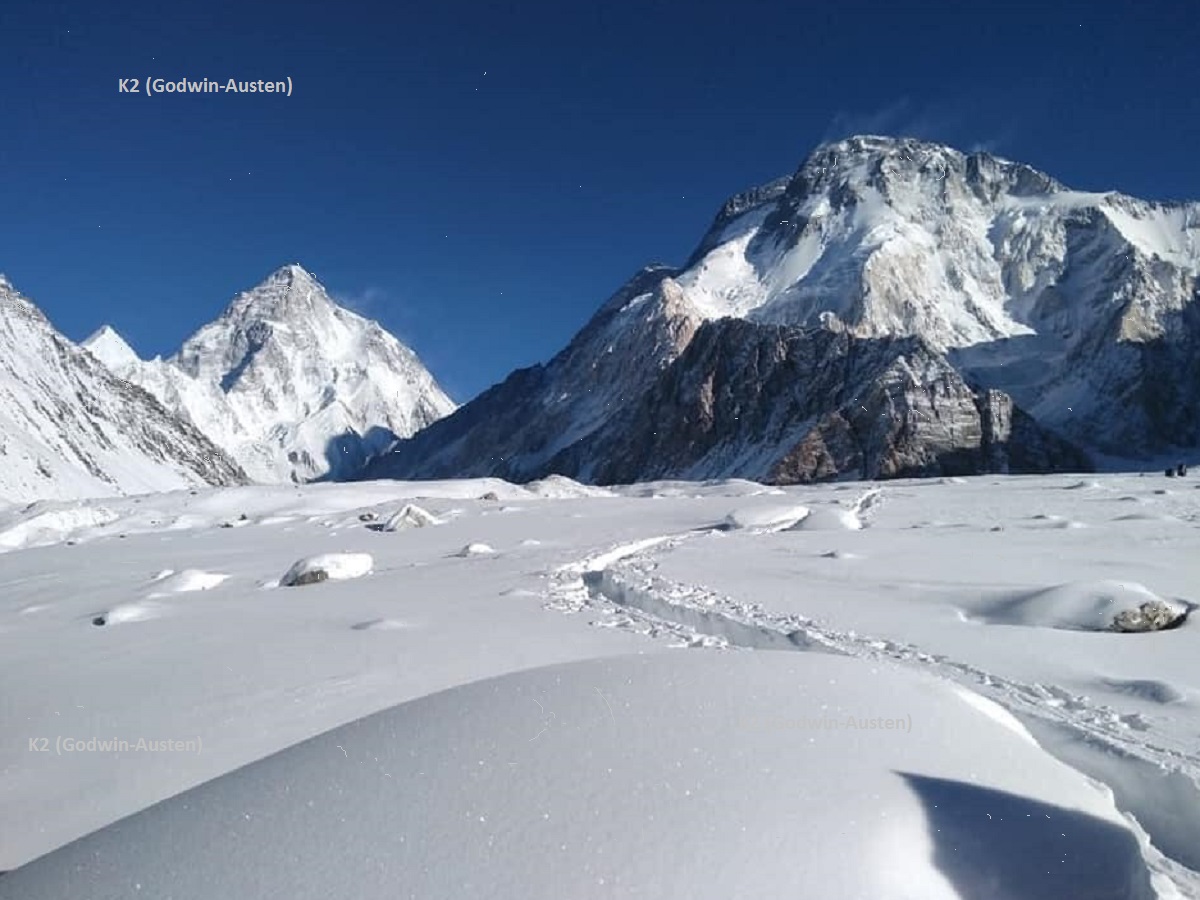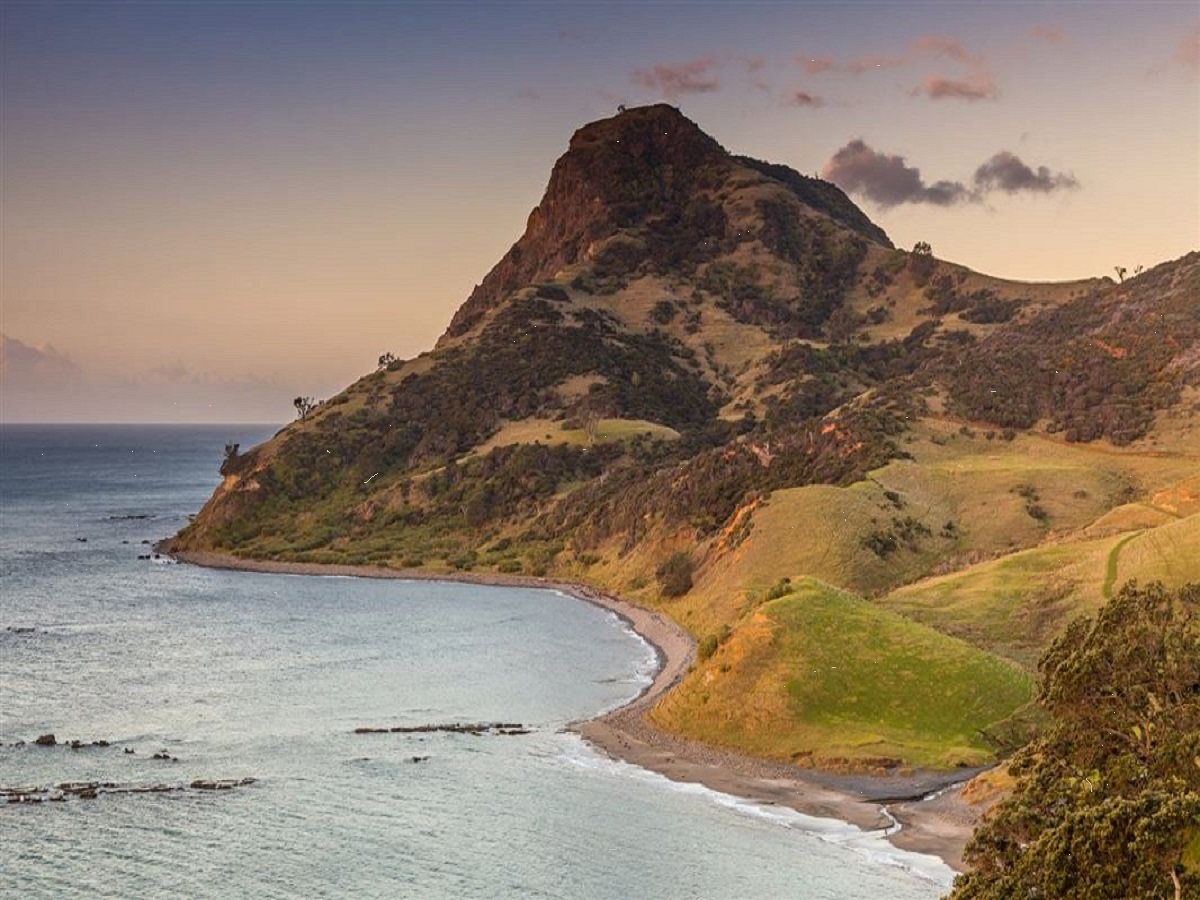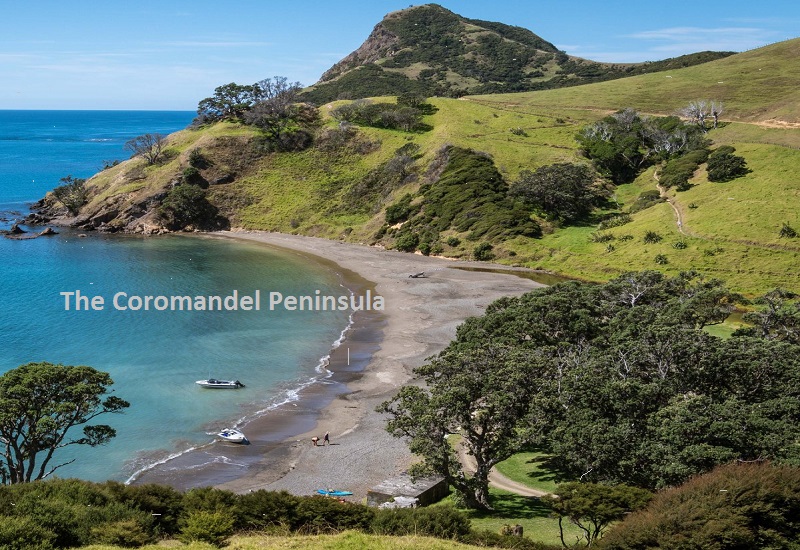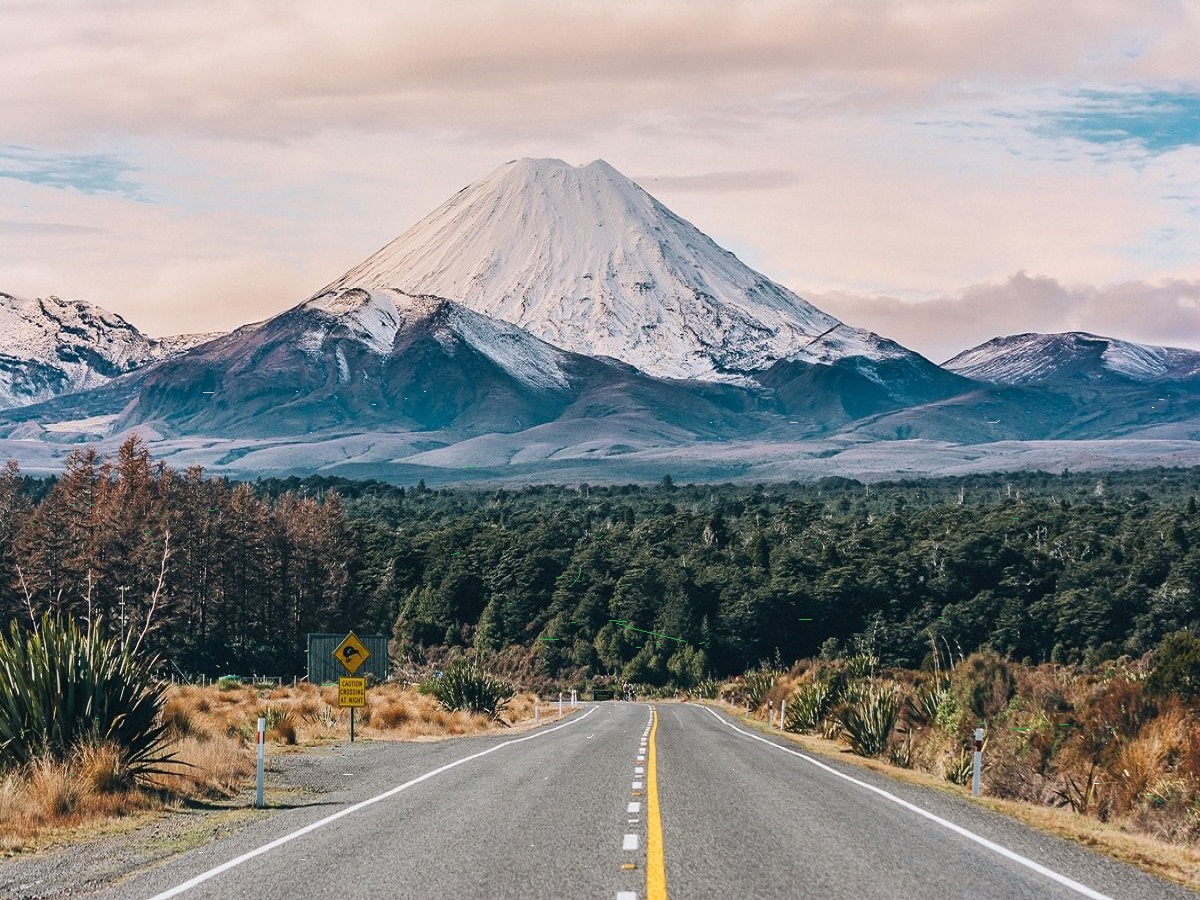Towering over Gilgit-Baltistan, Pakistan, K2, also known as Godwin-Austen or Chhogori, is the world’s second-highest peak, a legendary mountain shrouded in mystique and challenge. This colossal pyramid of rock and ice, reaching a staggering 8,611 meters (28,251 ft), has captivated climbers and adventurers for over a century. K2 beckons with its formidable terrain, stunning beauty, and a reputation as one of the most difficult mountains to climb on Earth.
A Mountain of Majesty and History
K2 straddles the border between Pakistan and China, with its peak lying in Gilgit-Baltistan. The mountain’s majestic presence dominates the Karakoram range, a region renowned for its rugged beauty and some of the world’s highest peaks. Originally named Mount Godwin-Austen after a 19th-century British explorer, K2 earned the nickname “Savage Mountain” for its unforgiving conditions and challenging climbs. The first successful summit of K2 wasn’t achieved until 1954, a testament to the mountain’s formidable reputation.
A Landscape of Extremes
K2’s terrain is a brutal test of human endurance. Steep slopes, treacherous icefalls, unpredictable weather patterns, and the ever-present threat of altitude sickness make climbing K2 an extreme undertaking. The “Bottleneck,” a narrow couloir prone to avalanches, and the “K2 Traverse,” a highly exposed section with significant risk of falls, are just a few of the dangers that climbers face on this unforgiving mountain. Unlike Mount Everest, K2 lacks the well-defined climbing routes, adding to the complexity and danger of the ascent.
A Beacon for Climbers with Grit
![]()
Despite the immense challenges, K2 continues to attract skilled and experienced mountaineers seeking the ultimate test of their climbing abilities. The sense of accomplishment upon reaching the summit, the breathtaking panoramas from the top, and the camaraderie forged in the face of adversity are just a few of the rewards that motivate climbers to tackle this formidable peak. K2 is not for the faint of heart; it demands meticulous planning, exceptional physical fitness, honed technical skills, and a deep respect for the mountain’s power. Climbers on K2 operate at the very edge of human capability, pushing themselves to their physical and mental limits in pursuit of their mountaineering dreams.
Exploring the Majesty of K2
While reaching the summit of K2 is a dream reserved for experienced climbers, the beauty of this mountain can still be experienced by many. Trekking expeditions in the Baltoro Glacier region offer breathtaking views of K2 and its surrounding peaks. These treks, though challenging in their own right, provide a glimpse into the majesty of the Karakoram and the chance to witness K2 from a distance. Hikers navigate through valleys adorned with wildflowers, traverse glacial moraines sculpted by time, and encounter cascading waterfalls that tumble down mountainsides. The culmination of these treks is often a view of Concordia, the confluence of the Baltoro and Godwin-Austen glaciers, with K2 towering majestically in the background – a scene that leaves trekkers awestruck.
A Region Steeped in Culture
Venturing into Gilgit-Baltistan to experience K2 is not just about the mountain itself. The region boasts a rich cultural tapestry. Trekkers can encounter the warm hospitality of the Balti people, a community known for their resilience and deep connection to the mountains. Traditional villages with mudbrick houses and colorful prayer flags offer a glimpse into a way of life shaped by the harsh yet beautiful environment. Simple conversations with locals can provide insights into their customs, traditions, and their unique relationship with the mountains that dominate their lives.
Capturing the Grandeur
K2’s visual splendor has captivated photographers and filmmakers for decades. The mountain’s stark beauty, dramatic weather patterns, and the dance between climbers and the elements create a visually stunning spectacle. Capturing K2 on camera, whether from a distance on a trek or from a base camp, is a challenge in itself. The sheer scale of the mountain, the ever-changing light, and the unpredictable weather all require patience, skill, and a deep understanding of photography. The resulting images, however, are a testament to the mountain’s awe-inspiring presence, serving as a window into the harsh beauty of the Karakoram for those who may never experience it firsthand.
A Commitment to Conservation
Climbers and trekkers alike have a responsibility to minimize their impact on the fragile mountain ecosystem. Proper waste disposal, respecting wildlife, and leaving no trace behind are all crucial aspects of responsible tourism in Gilgit-Baltistan.
- Minimize Waste: Pack lightweight, biodegradable gear whenever possible. Dispose of waste properly in designated areas or carry it back to a lower altitude for proper disposal. Human waste should be buried in designated spots far from water sources.
- Respect Wildlife: The Karakoram region is home to diverse wildlife, including Marco Polo sheep, Himalayan brown bears, and snow leopards. Maintain a safe distance from animals and avoid disturbing their habitat. Never feed wildlife, as it can alter their natural behavior and make them dependent on humans.
- Leave No Trace: The beauty of K2 lies in its pristine state. Refrain from collecting rocks, plants, or wildlife souvenirs. Leave the environment as you found it for future generations to enjoy. Use designated campsites and avoid creating new ones.
Sustainable Practices for Local Communities
Supporting local communities is another crucial aspect of responsible tourism. Opting for locally-owned guesthouses and homestays injects revenue into the local economy. Purchasing souvenirs and handicrafts directly from artisans helps preserve cultural traditions and supports their livelihoods. Being mindful of water usage and energy consumption while on treks or expeditions also contributes to the region’s sustainability.
The Future of K2
K2, a symbol of challenge and perseverance, continues to inspire awe and beckon adventurers. By embracing responsible tourism practices and supporting conservation efforts, visitors can ensure that this legendary mountain remains a pristine wilderness for generations to come. So, plan your K2 adventure with respect for the environment and the local communities, and become a steward of this breathtaking corner of the world.





Leave a Reply